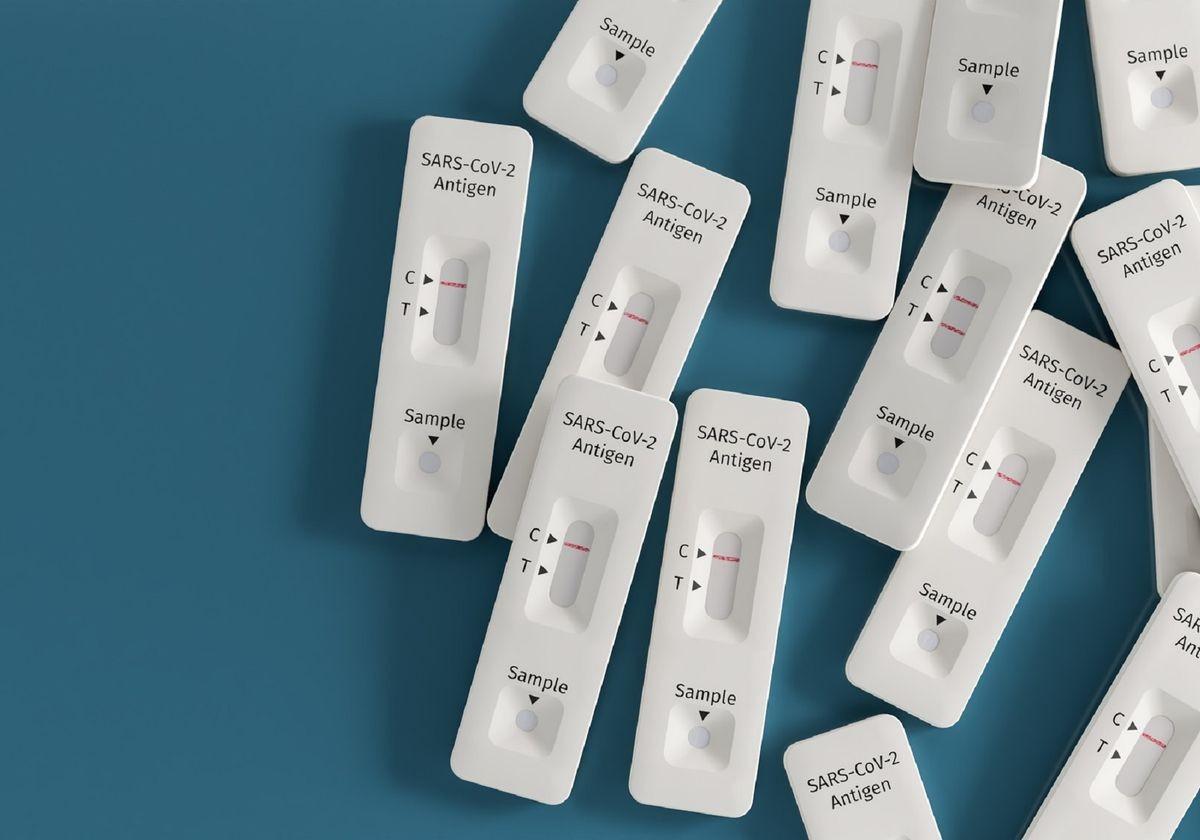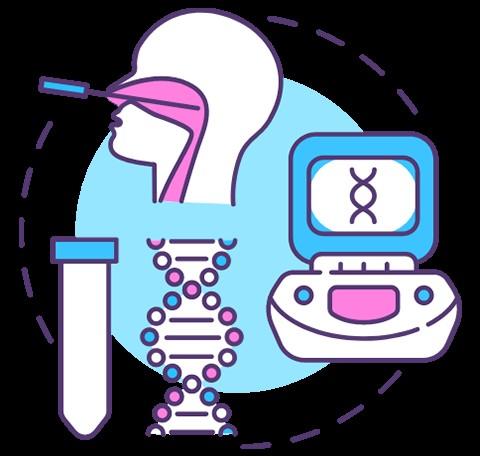




The Rapid Antigen Test works by detecting specific proteins on the surface of the SARS-CoV2 virus. A sample is taken from the nose or throat using a swab, and the sample is then mixed with a solution that releases the viral proteins. The solution is then applied to a test strip, which contains antibodies that bind to the viral proteins if they are present. If the test is positive, a visible line will appear on the strip.

One of the main advantages of the Rapid Antigen Test is its speed. Results can be obtained in as little as 15 minutes, making it a useful tool for screening large numbers of people quickly. It is also relatively inexpensive and does not require specialized laboratory equipment, so it can be used in settings where resources are limited.

The Rapid Antigen Test is not as sensitive as the PCR test, which is considered the gold standard for COVID-19 testing. This means that it may miss some cases of COVID-19, particularly in people who are asymptomatic or who have low levels of virus in their bodies. Therefore, if you have symptoms or have been in close contact with someone who has COVID-19, you may need to have a PCR test to confirm the result.

The Rapid Antigen Test is recommended for people who have symptoms of COVID-19 and for people who have been in close contact with someone who has COVID-19. It can also be used as part of a screening program in high-risk settings, such as healthcare facilities or long-term care facilities. Some countries require a negative Rapid Antigen Test result for entry or as part of their travel requirements.

If your Rapid Antigen Test is positive, you should self-isolate and follow public health guidelines in your area. You may need to have a confirmatory PCR test to confirm the result. Contact tracing may also be conducted to identify any close contacts who may have been exposed to the virus.

